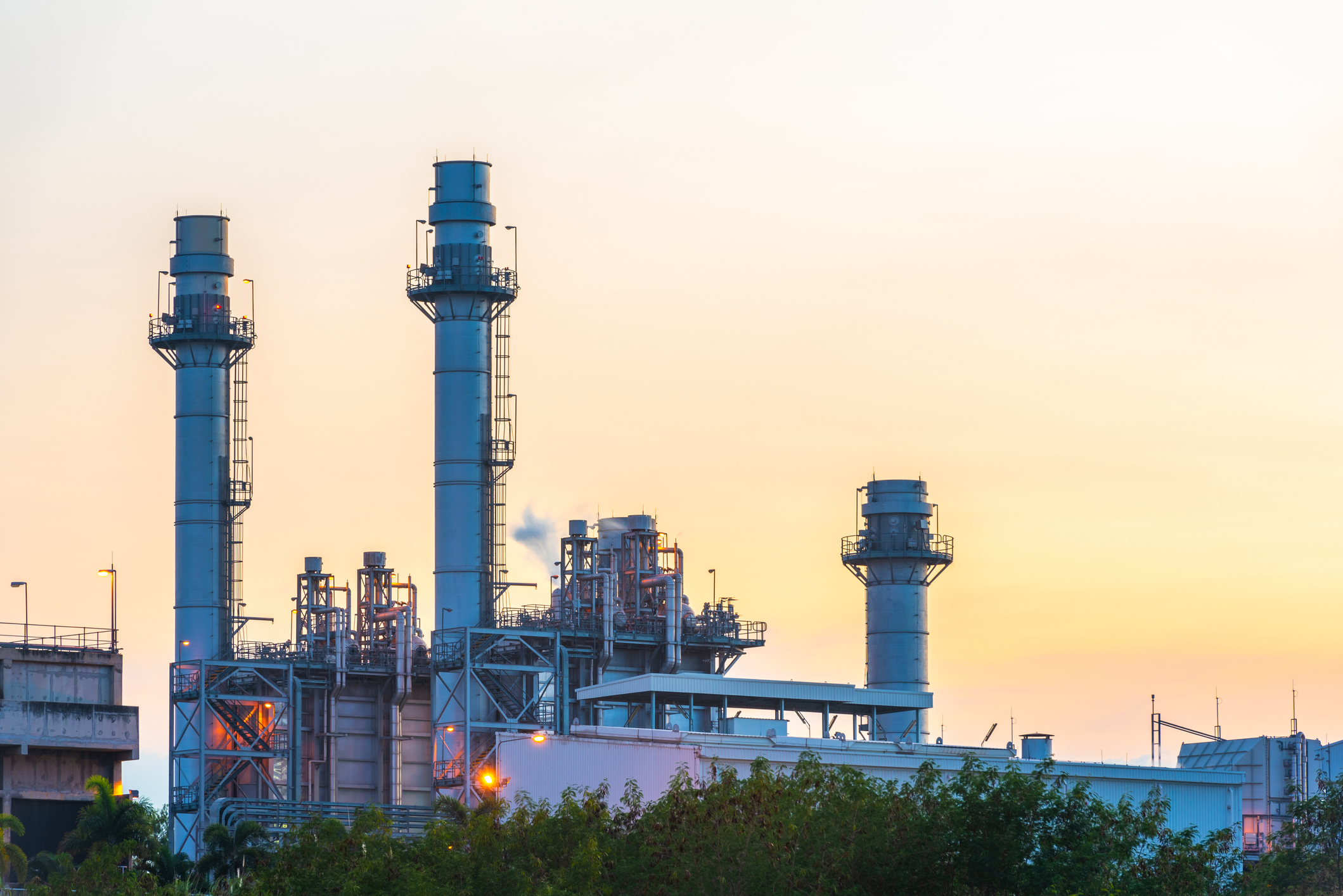Should you invest in platinum and palladium?
Platinum and palladium have been largely ignored by investors, despite having a larger combined global market than silver. That's starting to change as interest in commodities soars, says Martin Spring in the On Target newsletter - but how can you gain exposure to these metals?
Investors are now the main propulsive force behind rising prices of the "other" precious metals platinum and palladium as they are for gold and silver.
Fresh investment demand, especially in Japan, "has required higher prices to encourage existing holders of platinum to part with their metal," consultancy GFMS says in its latest report on the industry*.
In the case of palladium, investors have been mopping up "a substantial quantity of surplus metal." Interest has been stoked by expectations of a narrowing in the price differential between the two metals (last year palladium traded at an average price of $201 an ounce, or only 22% of the average price for platinum).
MoneyWeek
Subscribe to MoneyWeek today and get your first six magazine issues absolutely FREE

Sign up to Money Morning
Don't miss the latest investment and personal finances news, market analysis, plus money-saving tips with our free twice-daily newsletter
Don't miss the latest investment and personal finances news, market analysis, plus money-saving tips with our free twice-daily newsletter
The two metals are found together in the same ores and have similar but not identical characteristics. Palladium is less effective than platinum in some kinds of anti-pollution devices, especially those used with diesel engines. It has half the specific weight of platinum, so jewellery made from it is much lighter for the same volume of metal.
Most of the world's platinum comes from South Africa, where ores containing the six platinum group metals (PGMs) are sufficiently rich to be mined primary for them. South Africa is also the second biggest producer of palladium, but it mostly comes as a by-product of nickel mining in Russia and Canada.
While jewellery manufacture provides most of the annual demand for gold, it is much less important for platinum and palladium, where it accounts for less than one-fifth of consumption.
PGMs have unusual qualities which make them prized in a wide range of industrial uses.
In the autocatalytic devices now fitted to all new motor vehicles produced in advanced nations, for example, they convert poisonous exhaust gases such as oxides of nitrogen into water and other harmless substances, preventing air pollution. Autocats accounted for 52% of world demand for platinum and palladium last year.
The two metals are also used as catalysts in oil refining and chemicals industries, and in the manufacture of a wide diversity of products such as computer monitors, mobile phones, electronic weaponry, hard disc drives, temperature control instrumentation and synthetic fibres.
Although the combined global market for the two is larger than for silver, and one-seventh the size of that for gold, investment interest has been negligible in the past, and is still quite small.
Because most production is not traded publicly, but sold directly by miners to users and merchants, public markets are too small and therefore illiquid to interest most funds.
Gold and silver have traditionally been regarded as potential investments and as alternatives to currencies, but there is no such tradition with the PGMs, apart from platinum in Japan.
Much of the recent investment buying into commodities has been through funds linked to major indexes, which have no PGM contents.
There are no exchange traded funds (ETFs) for the metals, as there are for gold, where certificates giving ownership of physical metal generated demand for 200 tons last year.
However, that void may soon be filled. Christine Hudacko of Barclays Capital, which launched the world's first silver ETF a few days ago, says similar funds are being considered for other metals, including the PGMs.
Wealthy individuals are starting to buy
Investor interest generally is growing. GFMS makes these comments in its latest survey:
"Activity in platinum is mainly coming from a relatively small number of hedge funds and commodity trading advisers." They have also been making most of the running in palladium. But here there is now also some interest by high net worth private investors.
Whereas some investor demand for gold is driven by expectations of a collapse in the dollar or an event-driven spike in the oil price, as a rule, investors are not taking positions in platinum or palladium for this reason, nor to hedge their other investments.
There is little evidence of short selling of platinum. And "the shallow pool of bullion stocks, coupled with a market essentially in balance, has required fairly large price increases to persuade existing holders of stocks to part with their metal."
Retail investor interest remains at a very low level for platinum, but some interest in palladium coins and small bars has developed in North America.
As with gold, investment demand is becoming increasingly important for the PGMs because of worrying fundamentals.
In the case of platinum, the longstanding shortage in annual supplies has now disappeared due to greater mine production and fast-rising recovery from autocatalyst scrap, with demand growth now sluggish.
That's primarily because of competition from palladium, which has made a spectacular debut in jewellery, mainly for the market in China. Palladium is much cheaper for jewellery buyers yet offers hugely profitable margins for manufacturers and merchants.
Over the past two years jewellery-industry consumption of palladium has more than trebled, to 1.13 million ounces, while equivalent demand for platinum has fallen by 1.47 million.
Nevertheless, the GFMS consultancy remains positive about platinum, one reason being that demand is now less sensitive to conditions in the jewellery market, with three-quarters going for "essential/inflexible" applications. And there are no substantial above-ground stocks.
It's forecasting a price range of $980-1,250 an ounce this year. As the price is currently $1,174, this suggests a downward correction is likely soon.
In palladium the problem is a huge overhang of stocks, which GFMS estimates could be as much as 15 million ounces equivalent to two years of global demand for the metal. And the stockpile is growing. There have been five years of surplus, which reached a record 881,000 oz in 2005.
The consultancy forecasts a price range for this year of $250-400 (currently $375).
Investment recommendations
Should you invest in these metals?
Longer-term, without a doubt. Their unique characteristics make them much more important in industry than the other precious metals, and they are much rarer. Worldwide, anti-pollution regulations get steadily tougher and the PGMs are big beneficiaries from this trend.
The immediate outlook, however, is for a major correction in the metals sector as a whole. So if you don't have platinum and/or palladium in your portfolio already, wait for a better opportunity to buy.
When you do so, the investment options are:
Shares of listed mining companies that largely depend on earnings from the metals. Most of these operate in South Africa, such as Angloplat, Impala and Lonmin, and the smaller Aquarius and Northam. Outside South Africa there's Stillwater in the US, primarily a palladium producer. Other listed companies such as Norilsk Nickel of Russia and Inco of Canada are primarily miners of base metals.
There are derivatives-based products geared to PGM prices and listed on securities exchanges, particularly in Germany. Futures are traded on the Tocom (Japan) and Nymex (US).
There is an active market in platinum bars in Japan and Switzerland. Swiss banks, for example, will store them for you for a small fee. The Perth Mint, owned and guaranteed by the government of Western Australia, sells certificates giving ownership of physical metal in bar or coin form, for a minimum investment of US$10,000.
For the small investor who wants to have a stake in physical metal rather than paper securities such as mining company shares, there are one-ounce bullion coins and small bars.
* Platinum & Palladium Survey 2006. £275 from GFMS Ltd. Email: gold@gfms.co.uk.
By MartinSpring in On Target, a private newsletter on global strategy
Get the latest financial news, insights and expert analysis from our award-winning MoneyWeek team, to help you understand what really matters when it comes to your finances.
MoneyWeek is written by a team of experienced and award-winning journalists, plus expert columnists. As well as daily digital news and features, MoneyWeek also publishes a weekly magazine, covering investing and personal finance. From share tips, pensions, gold to practical investment tips - we provide a round-up to help you make money and keep it.
-
 300,000 remote workers to miss out on working from home tax relief
300,000 remote workers to miss out on working from home tax reliefThousands of workers forced to work from home will no longer benefit from the working from home tax relief next year. How will it affect you?
-
 How to tap into AI energy stocks
How to tap into AI energy stocksOne certainty about generative AI is that it is hugely energy-intensive. Companies providing that power look set to capture the benefits.

